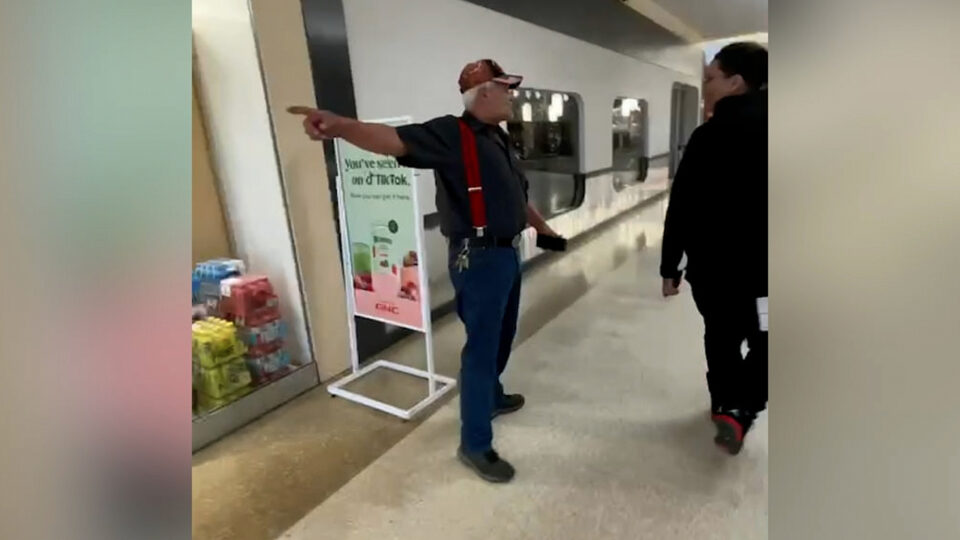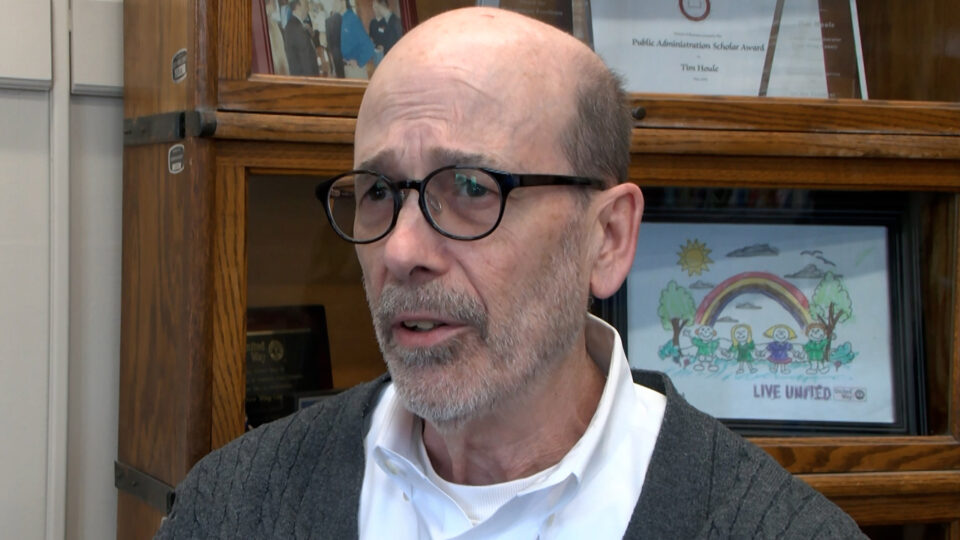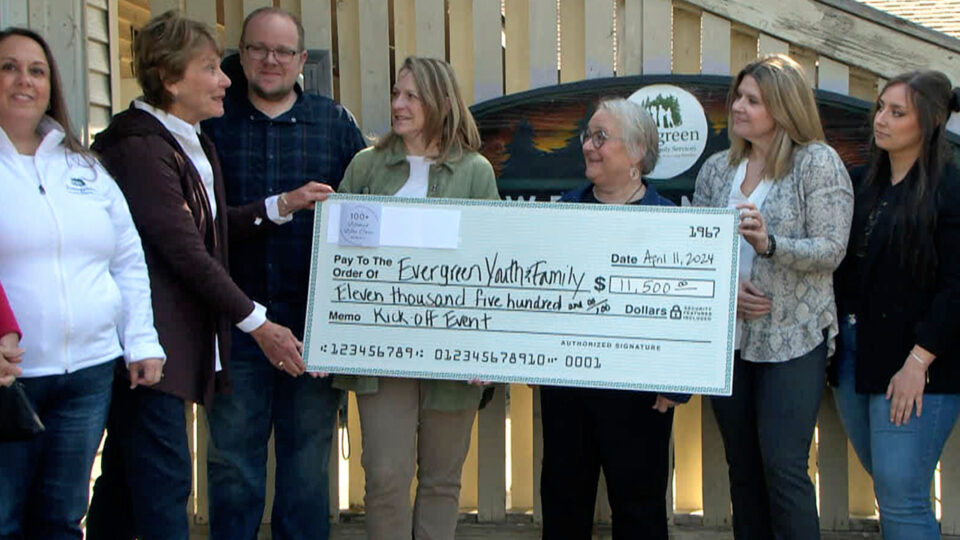Dec 28, 2016 | By: Mal Meyer
Carbon Monoxide Poisoning Preventable But Common During Winter Months
It’s an odorless, tasteless, invisible gas that is virtually undetectable. Carbon monoxide can quickly fill small, enclosed spaces such as fish houses.
It can happen any time of the year, but carbon monoxide incidents are especially common during the winter months when people are trying to get warm.
“Anything that burns is going to give off carbon monoxide,” says Mike Mischke, the training officer for the Bemidji Fire Department. “When you start your oven, it’s going to give off a little bit of carbon monoxide, and that’s natural.”
When an oven, furnace, even kerosene or oil lamps malfunction, they can release the gas in toxic amounts.
“Anything that heats like that, that needs servicing- that’s not burning efficiently, then you’re going to get build ups of carbon monoxide,” said Mischke.
Once it builds, that’s when the symptoms set in.
“If you’re feeling the flu-like symptoms, the nausea, dizziness, or worst case scenario if someone starts to pass out or lose consciousness, they need to get to fresh air,” said Michael Schultz, the manager of the Bemidji AirMed base.
AirMed of Sanford Health rapidly responds to calls along with other first responders. Once they arrive, it is important to have some information available.
“Name, date of birth, medications, a very clear history of what has happened really helps,” said Schultz.
The medical team will give oxygen or push air into the lungs until they can get to a hospital.
“To go away, often times [the patient] will need hyperbaric or oxygen therapy,” said Schultz.
Which is why prevention is so important. The only way to detect the gas is with a carbon monoxide alarm. Luckily, most of the carbon monoxide calls the fire department responds turn out to be false alarms.
“You really don’t know if the detector is bad or if you have [the gas], so it’s easy for us to come up and check that with our monitors,” said Mischke.
A simple carbon monoxide alarm can sell for about $20 at a local hardware store. They can run up to $50 for ones that also detect smoke and fire or plug into an outlet.
According to the Centers for Disease Control and Prevention, there was an average of 430 deaths per year from 1999 to 2010.







